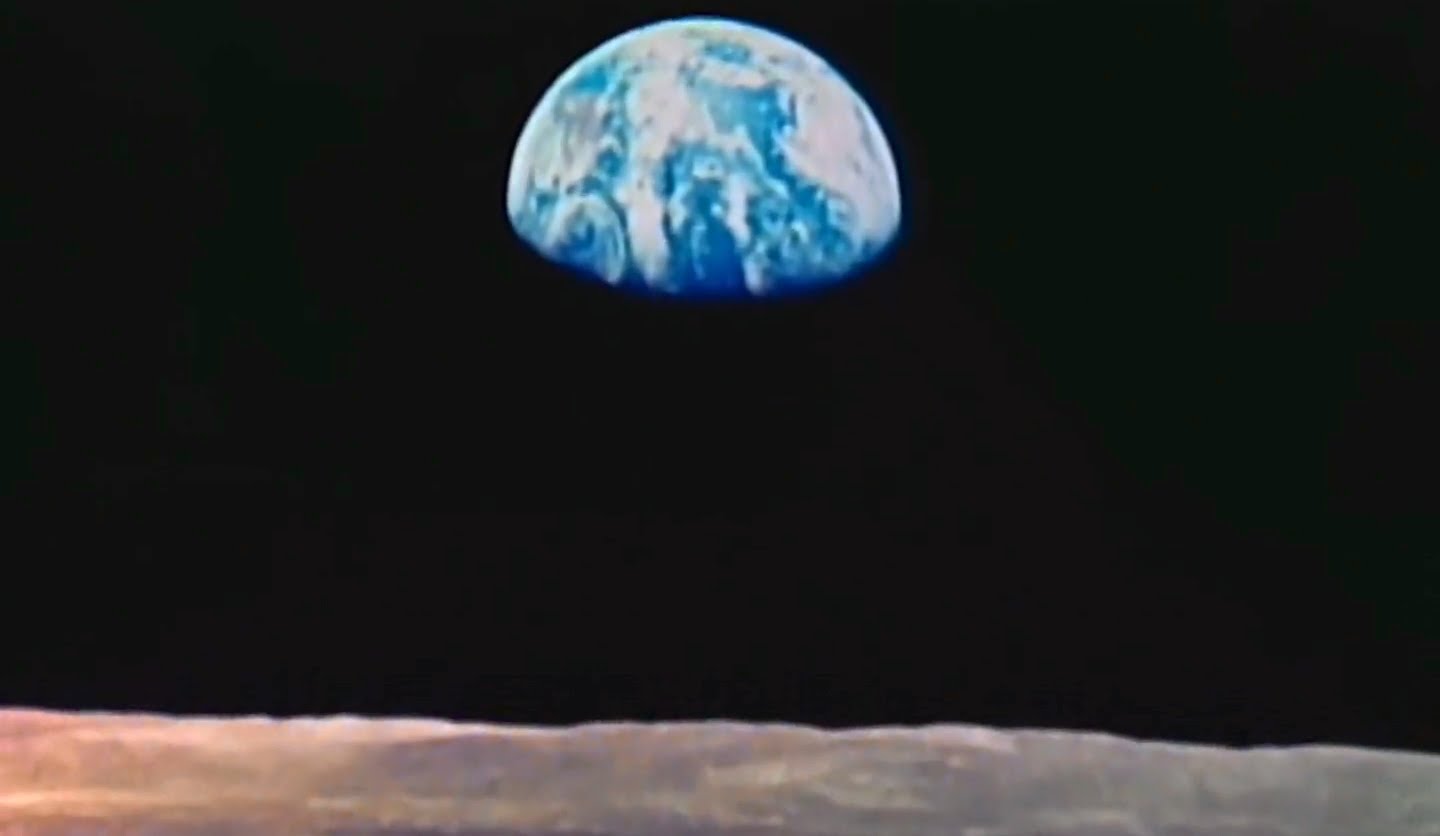more at:
MERCURY/GEMINI/APOLLO OVERVIEW – Narrated historical film clips from NASA 1960s-70s space race programs. Scenes include launches, on-orbit activities, EVAs, Moonwalks, and splashdowns.
NASA film JSC-1030r
Public domain film from NASA, slightly cropped to remove uneven edges, with the aspect ratio corrected, and one-pass brightness-contrast-color correction & mild video noise reduction applied.
The soundtrack was also processed with volume normalization, noise reduction, clipping reduction, and/or equalization (the resulting sound, though not perfect, is far less noisy than the original).
Project Mercury was the first human spaceflight program of the United States running from 1959 through 1963. An early highlight of the Space Race, its goal was to put a human into Earth orbit and return the person safely, ideally before the Soviet Union. Taken over from the U.S. Air Force by the newly created civilian space agency NASA, it spanned twenty unmanned developmental missions involving test animals, and successful missions completed by six of the seven Mercury astronauts.
The Space Race had begun with the 1957 launch of the Soviet satellite Sputnik 1. This came as a shock to the American public, and led to the creation of NASA to expedite existing U.S. space exploration efforts, and place most of them under civilian control. After the successful launch of the Explorer 1 satellite in 1958, manned spaceflight became the next goal.
The Soviet Union put the first human, cosmonaut Yuri Gagarin, into a single orbit aboard Vostok 1 on April 12, 1961. Shortly after this, on May 5, the U.S. launched its first astronaut, Alan Shepard, on a suborbital flight. Soviet Gherman Titov followed with a day-long orbital flight in August, 1961. The U.S. reached its orbital goal on February 20, 1962, when John Glenn made three orbits around the Earth. When Mercury ended in May 1963, both nations had sent six people into space, but the U.S. was still behind the Soviets in terms of total time spent in space…
Project Gemini was NASA’s second human spaceflight program. It was a United States government civilian space program started in 1961 and concluded in 1966. Project Gemini was conducted between projects Mercury and Apollo. The Gemini spacecraft carried a two-astronaut crew. Ten crews flew low Earth orbit (LEO) missions between 1965 and 1966. It put the United States in the lead during the Cold War Space Race with the Soviet Union.
Its objective was to develop space travel techniques to support Apollo’s mission to land astronauts on the Moon. Gemini achieved missions long enough for a trip to the Moon and back; perfected working outside the spacecraft with extra-vehicular activity (EVA); and pioneered the orbital maneuvers necessary to achieve rendezvous and docking…
The Apollo program, also known as Project Apollo, was the third United States human spaceflight program carried out by the National Aeronautics and Space Administration (NASA), which accomplished landing the first humans on the Moon from 1969 to 1972. First conceived during Dwight D. Eisenhower’s administration as a three-man spacecraft to follow the one-man Project Mercury which put the first Americans in space, Apollo was later dedicated to President John F. Kennedy’s national goal of “landing a man on the Moon and returning him safely to the Earth” by the end of the 1960s, which he proposed in a May 25, 1961, address to Congress. Project Mercury was followed by the two-man Project Gemini (1962–66). The first manned flight of Apollo was in 1968.
Kennedy’s goal was accomplished on the Apollo 11 mission when astronauts Neil Armstrong and Buzz Aldrin landed their Lunar Module (LM) on July 20, 1969, and walked on the lunar surface, while Michael Collins remained in lunar orbit in the Command/Service Module (CSM), and all three landed safely on Earth on July 24. Five subsequent Apollo missions also landed astronauts on the Moon, the last in December 1972. In these six spaceflights, twelve men walked on the Moon…
Apollo used Saturn family rockets as launch vehicles. Apollo/Saturn vehicles were also used for an Apollo Applications Program, which consisted of Skylab, a space station that supported three manned missions in 1973–74, and the Apollo–Soyuz Test Project, a joint Earth orbit mission with the Soviet Union in 1975…

